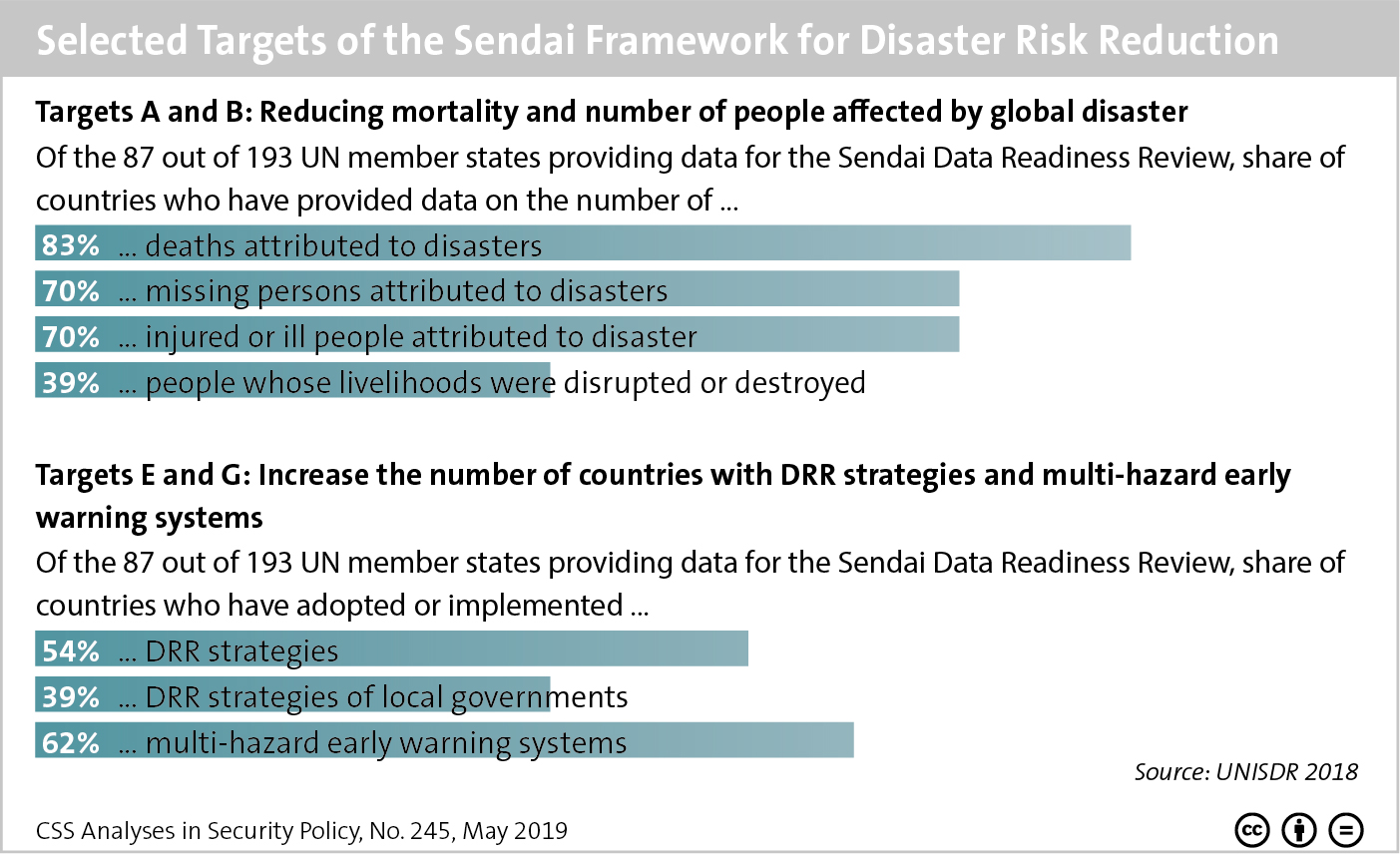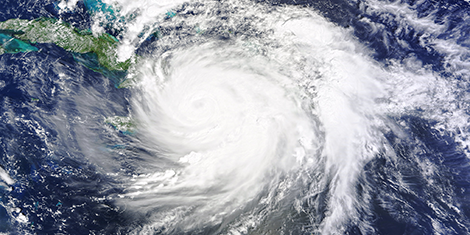Die gegenwärtige COVID-19 Pandemie macht die Notwendigkeit einer effektiven und gesamtgesellschaftlich verankerten Risikovorsorge offensichtlich. In unserem ersten CSS Brown Bag Webinar analysierte Florian Roth, Senior Researcher im Risk and Resilience Team des CSS, Bedürfnisse sowie Fähigkeiten der Bürgerinnen und Bürger in Hinblick auf Katastrophen und Notlagen.
Tag: Natural disasters
 Image courtesy of Lisa Ferdinando/DVIDS.
Image courtesy of Lisa Ferdinando/DVIDS.
This article was originally published by NATO Defense College in March 2020.
Environmental change1 is increasingly recognised as one of the major factors that will shape the global security environment. According to most experts, rising global temperatures will lead to rising sea levels and cause more extreme weather events, such as storms, flooding, droughts and wildfires.2 The firestorms that engulfed parts of Australia in late 2019 and early 2020, burning an area the size of Belgium and Denmark combined, and severely decimating that continent’s wildlife, were a stark reminder of the force of these changes.

This graphic outlines data related to four of the seven targets set out in the 2015 Sendai Framework for Disaster Risk Reduction (SFDRR), which seeks to highlight the interdependencies between sustainable development, human development and disaster risk reduction (DRR). To find out about global disaster risk reduction efforts and more, see Tim Prior and Florian Roth’s CSS Analyses in Security Policy, ‘Resilience to Disaster Is No Small Measure’.

This graphic outlines data related to four of the seven targets set out in the 2015 Sendai Framework for Disaster Risk Reduction (SFDRR), which seeks to highlight the interdependencies between sustainable development, human development and disaster risk reduction (DRR). To find out about global disaster risk reduction efforts and more, see Tim Prior and Florian Roth’s recent CSS Analyses in Security Policy, ‘Resilience to Disaster Is No Small Measure’.

This article was originally published by the Environmental Change and Security Program’s New Security Beat on 21 October 2019.
The UN Office for Disaster Risk Reduction recently released the fifth edition of the Global Assessment Report on Disaster Risk Reduction (GAR19). The report highlights the increasingly complex interaction between hazards, and provides an update on how risk and risk reduction are understood in practice. GAR19 also highlights how the latest Disaster Risk Reduction (DRR) framework integrates into global goals such as the Paris Agreement and the 2030 Agenda for Sustainable Development. To better understand the scope and significance of this report, New Security Beat sat down with Roger Pulwarty, Senior Scientist at NOAA, and a lead author of the GAR19.



